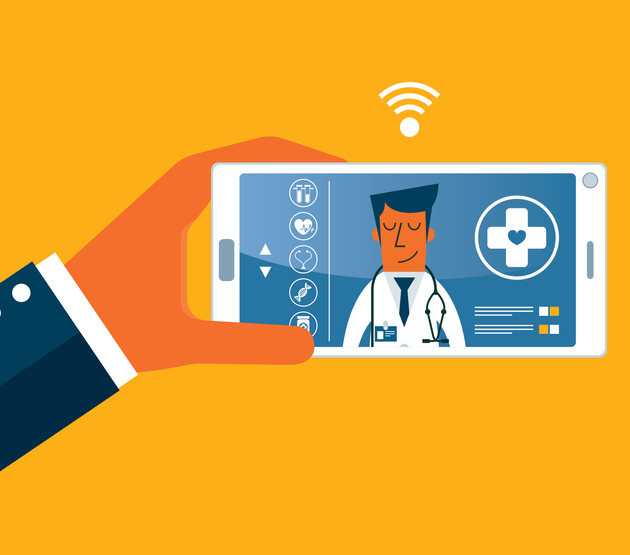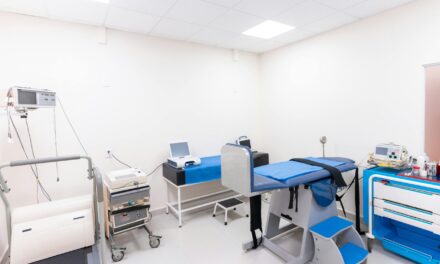
With pressure building on Congress to solidify telehealth payment flexibilities set to expire at the end of the year, we must ensure legislators weigh the ability of virtual health care services to promote health equity. Telehealth services can help advance the goal of ensuring all people have equal opportunity to reach their full health potential, regardless of circumstances. Telehealth is reaching historically marginalized populations: A U.S. Census Bureau survey found that Medicare and Medicaid enrollees, Black Americans and individuals earning less than $25,000 reported high levels of telehealth use from April 2021 to August 2022. Services such as audio-only calls and online specialist consultations can expand access to care, helping overcome traditional barriers such as geographic distance and limited local health care facilities.
Advancing health equity through telehealth — or, “techquity”— requires stakeholders to assess benefits, address barriers to access and encourage greater investment into telehealth policy and innovation.
To remedy disparities in health care access, we need innovative technology solutions to improve patient outcomes and health care system efficacy. For example, some pediatric health care systems have integrated telehealth care pathways to better support patients and families — incorporating telemedicine stations in schools, establishing satellite clinics and deploying telemedicine carts to underserved areas lacking internet infrastructure. These provide more families with consistent care while helping reduce barriers and disruptions.
Additionally, providing pediatric care can be highly complex due to its intricate consent process, typically requiring multiple parents or guardians to sign consent forms. When guardians live apart from one another or the child, logistics of ensuring consent must be obtained before visits can impede appointments and interrupt care. Some health systems have made efforts to streamline the process, such as sending consent links ahead of the visit and integrating completed forms in the electronic medical record. However, challenges may persist — such as a lack of internet access, children coming to appointments with different caregivers or a parent not receiving a link. In these situations, verbal consent pathways may be offered as an alternative.
Health systems can also address language barriers by seamlessly integrating interpretive services into telehealth visits. Interpreters can join clinicians on HIPAA-compliant video calls to enable effective communication with nonverbal cues, which is especially crucial for families using American Sign Language.
The promise of telehealth to democratize access to health care is undeniable. However, as telehealth expands, we confront a harsh truth: not all families can access it equally. The digital divide threatens to deepen health disparities, especially for vulnerable populations with a great need for telehealth but a lack of reliable internet access and devices for virtual care. This barrier disproportionately affects people of color, those with lower incomes and rural communities.
While our efforts are crucial, they’re not enough. A sustainable, equitable expansion of telehealth requires long-term commitment from policymakers, health care providers and technology companies, as well as ongoing, human-centered innovation and policy to advance techquity. Together, we must address disparities in technological access as we continue investing to broadly integrate telehealth into health care delivery on a national scale.
Research by the Center for Telehealth and e-Health Law (CTeL) currently assesses how smart phone access and unlimited data may impact emergency room visits, with preliminary data showing that these measures help reduce visits. The concept of providing technology to reduce unnecessary burdens on the health care system was a driving force behind the Affordable Connectivity Program (ACP), which provided cell phones to millions of low-income individuals. Nearly three-quarters of households served by ACP used internet service to access health care while the program was active, and two-thirds of households served had limited to no internet prior to the program.
The ACP was discontinued in April this year when Congress failed to pass reauthorization. It was a lifeline for families struggling with inconsistent connectivity, enabling them to schedule and attend crucial health care appointments. However, its recent decline underscores a broad challenge: the transient nature of legislative support for initiatives that help bridge the digital divide.
As we navigate complexities of care delivery, it grows increasingly clear that telehealth must not widen the gap in health outcomes. Telehealth should serve as a tool for leveling the playing field, ensuring that every person has access to the care they deserve, no matter their socioeconomic status or zip code.
Until we mitigate disparities, we cannot claim true success in advancing health care through telemedicine. Let’s not allow technology to be a barrier; let’s make it a bridge to a healthier, more equitable future for all families.
Photo credit: Sorbetto, Getty Images
Dr. Shawn Griffin is the first physician to serve as President and CEO of URAC – the nation’s most comprehensive independent health care accreditation organization based in Washington, D.C. Dr. Griffin is a nationally recognized subject matter expert on health care quality, workplace mental health, rural health and physician leadership.
Tejal Raichura serves as the director of telemedicine at Children’s National Hospital and has a diverse background in healthcare innovations, process improvement, operations management, patient experience design, and research operations to the role. Tejal oversaw the implementation of mobile telehealth offerings throughout DC featured in a recent white paper.
This post appears through the MedCity Influencers program. Anyone can publish their perspective on business and innovation in healthcare on MedCity News through MedCity Influencers. Click here to find out how.





